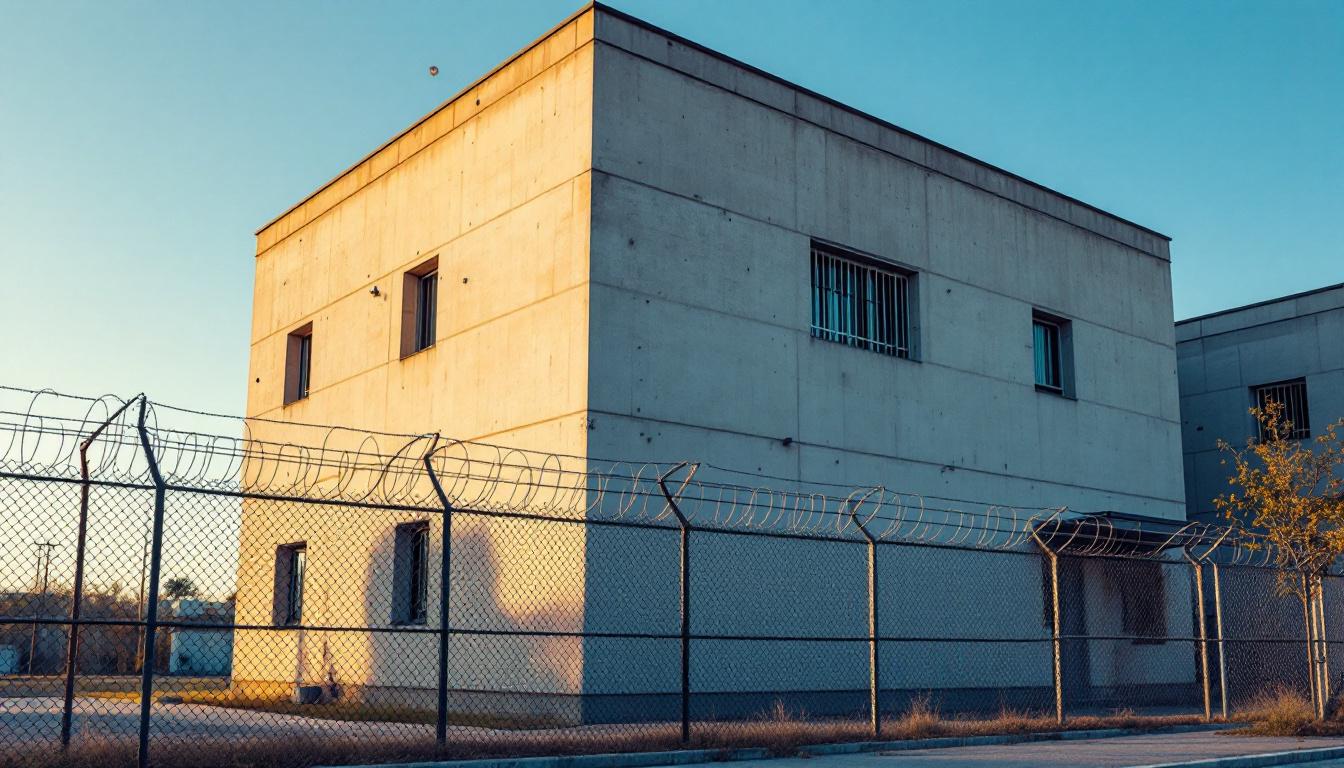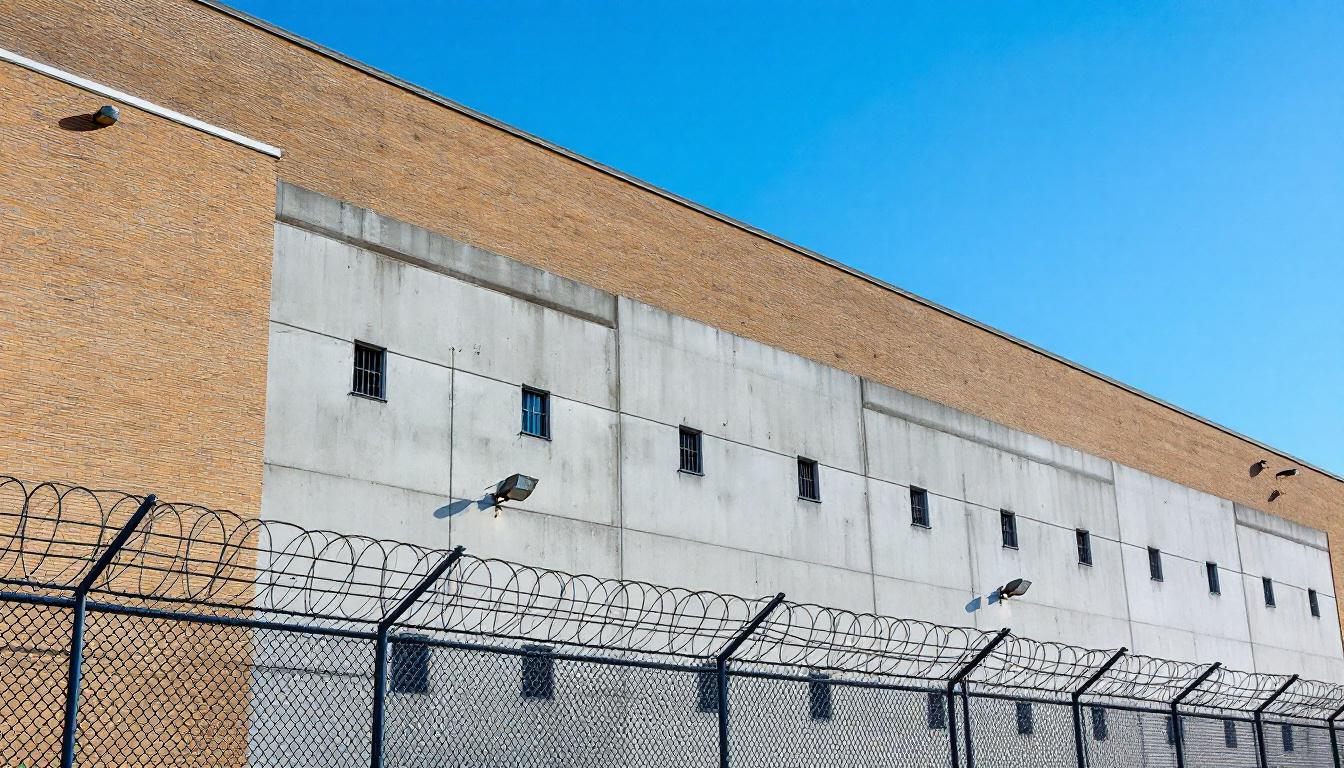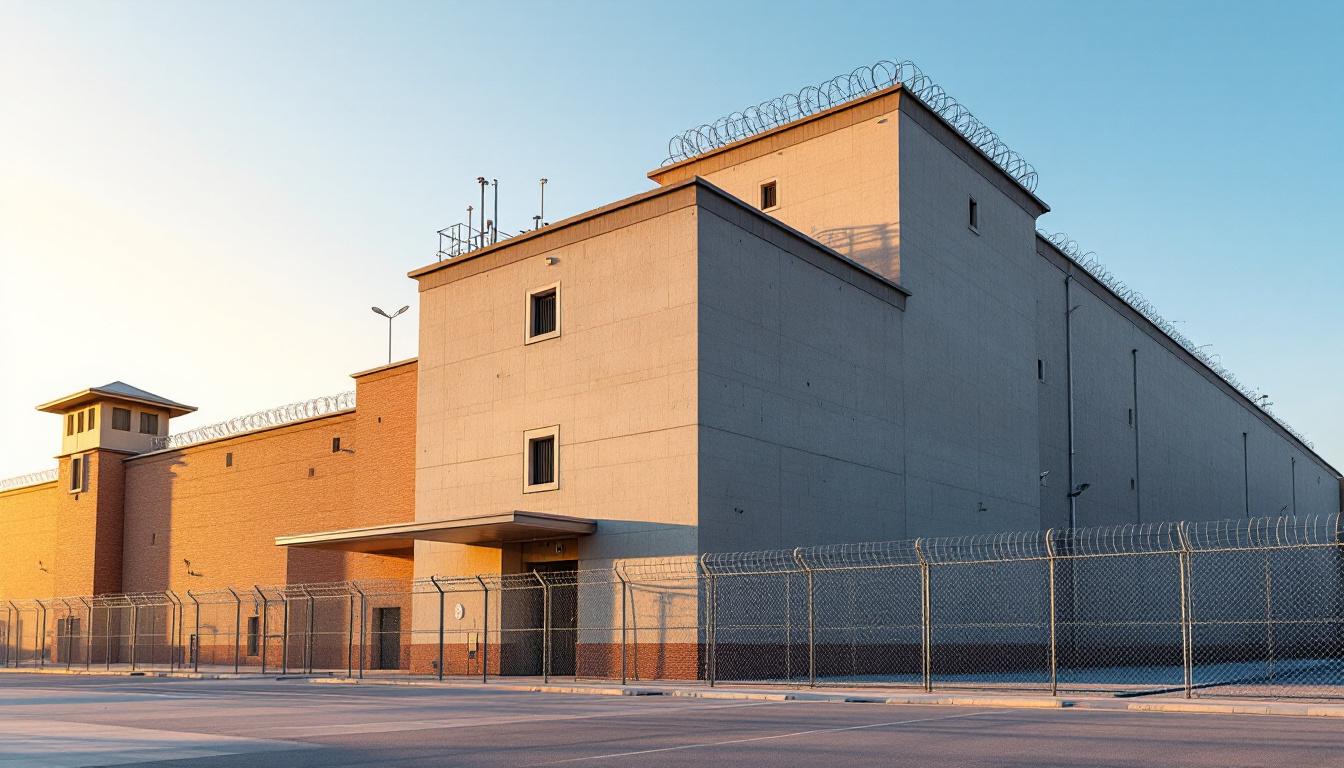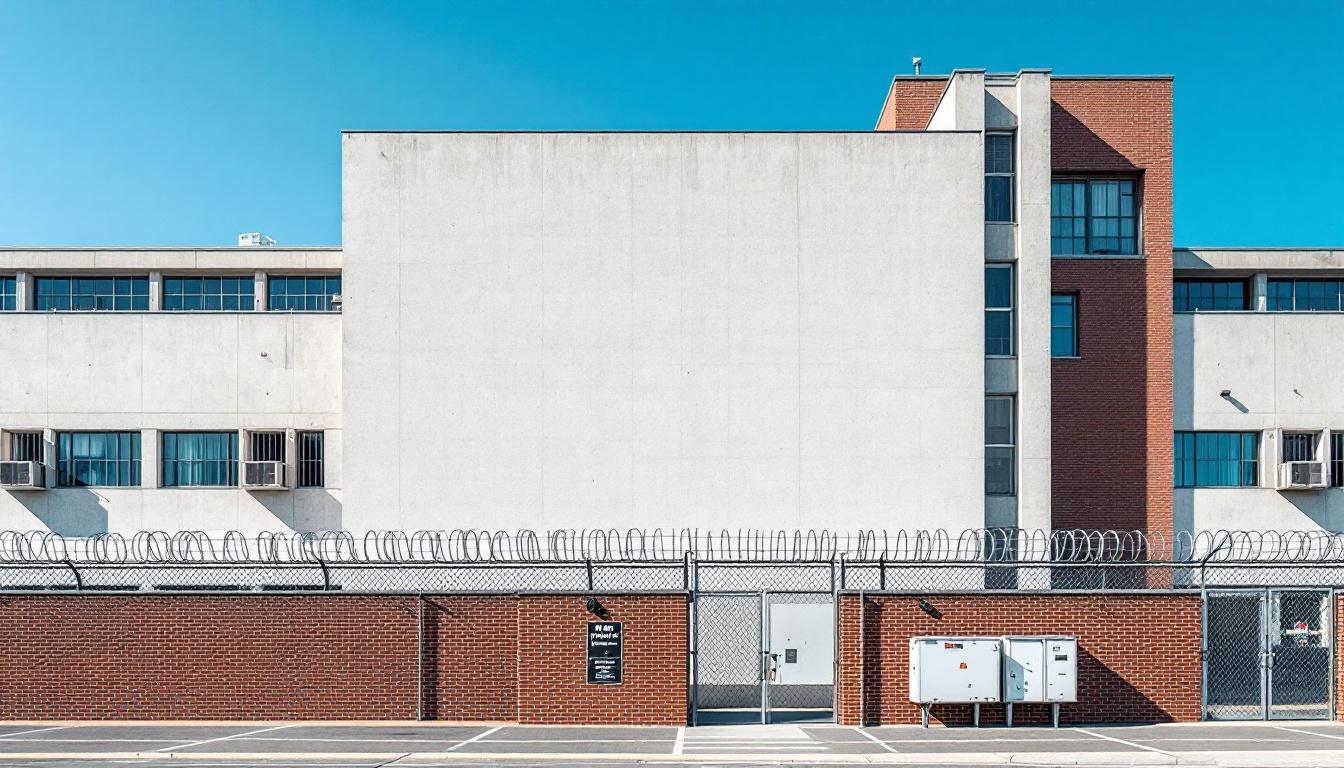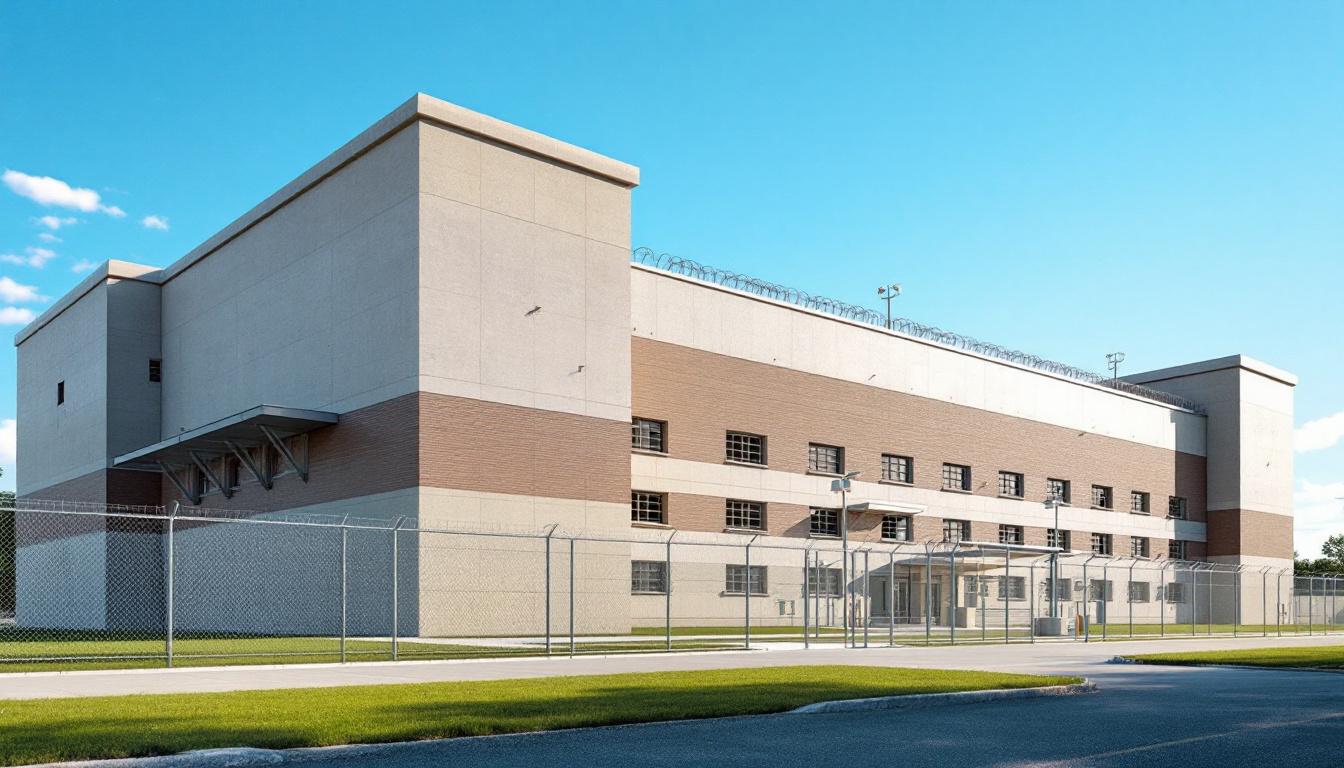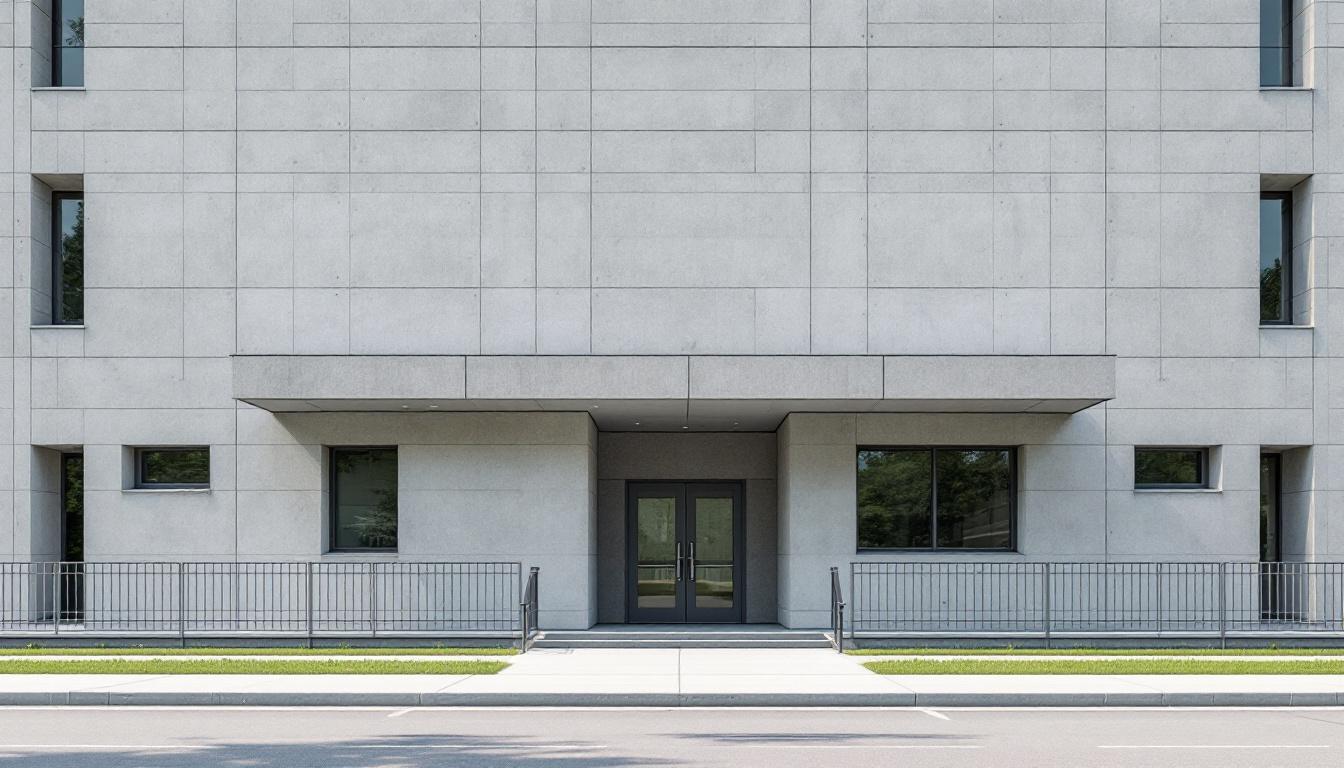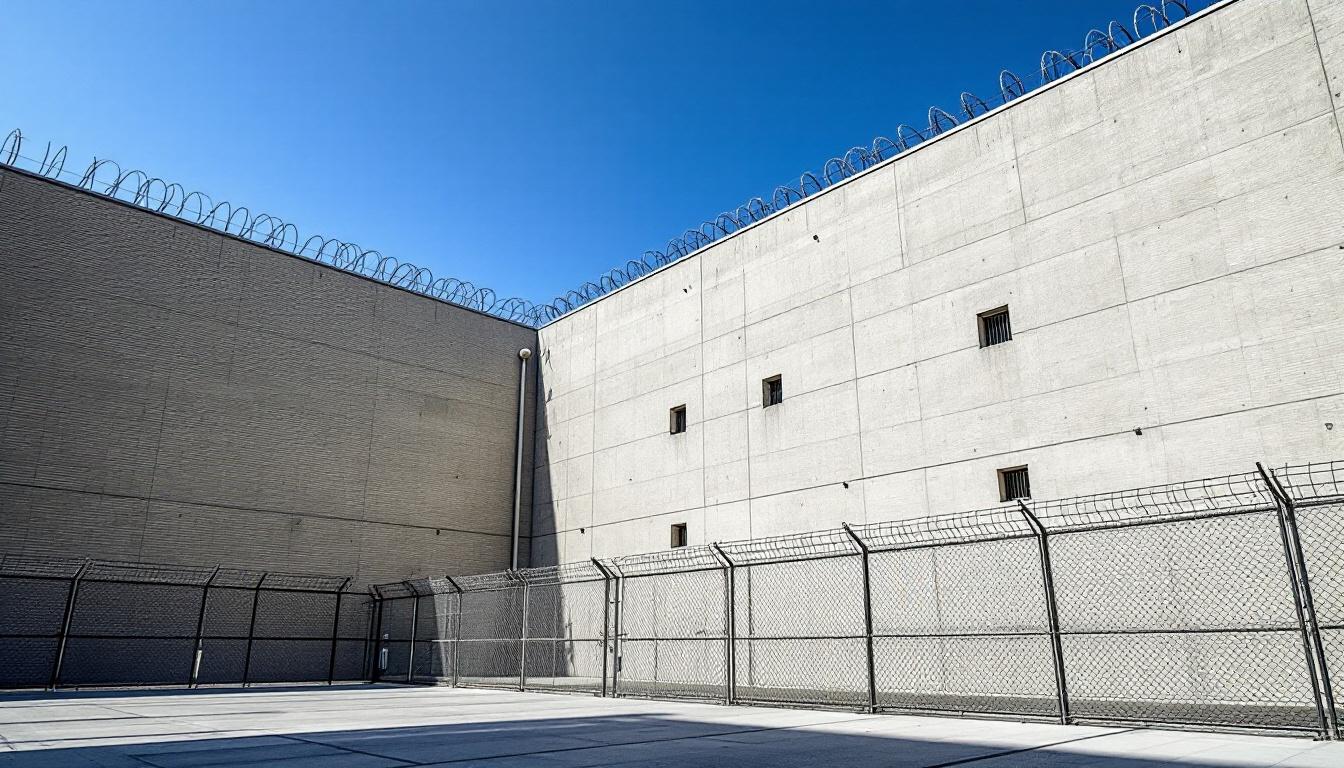
Quick Navigation
How to contact an inmate at Missoula Pre Release Center
This comprehensive guide will walk you through how to connect with an inmate at Missoula Pre Release Center. Follow the steps below to find an inmate and send letters and photos:
- Search for the inmate using our search tool below
- Create your account or log in to Penmate
- Write your message (up to 6,000 characters)
- Send instantly - inmates receive printed copies daily
Find an Inmate
Search for an inmate to start communicating today
Tip: You can search by first name, last name, or inmate ID number
To contact a person at Missoula Pre Release Center start by searching for the person on the facility website. Perform a search by following these steps:
- Step 1: Enter their first name and last name into the search form and click "Search"
- Step 2: Locate their inmate record
- Step 3: Write down their Inmate ID and any housing information provided
Important! Be sure to enter the person's full name. Nicknames should not be used.
How to Send Messages to Inmates

You can use your phone or computer to send emails, letters, and photos to an inmate. Messages are sent electronically to inmate tablets or kiosks at the facility. If you would like to send a message, start by searching for an inmate at Missoula Pre Release Center.
Sending Photos and Postcards

A great way to send love and support to a loved one at Missoula Pre Release Center is to send photos and postcards. It only takes a few minutes to send photos from your phone and it makes a huge difference. You can also mail postcards with words of support and inspiration, or design your own postcard for special moments like birthdays and holidays.
Important! Be sure not to send any explicit photos or they may not be approved by the facility. You can also use a photo printing app like Penmate to make sure your photos are printed at the correct size (4x6 or 3x5) and are mailed according to the rules and regulations of Missoula Pre Release Center.
Frequently asked questions about Missoula Pre Release Center
-
How long does it take to deliver a message?
If you're sending an email message your letter is usually delivered within 24-48 hours. For messages sent via mail you should expect delivery within 3-7 days. All messages will need be approved by Missoula Pre Release Center.
-
How much does it cost to send a message to Missoula Pre Release Center?
You can send a message free using your phone or mail a message via USPS for the price of a $0.60 stamp and envelope. You can also purchase credits or e-stamps from services starting at $1.99.
-
What services can I use to contact an inmate at Missoula Pre Release Center?
Penmate
You can use Penmate to send letters and photos to an inmate from your phone. It's an easy way to stay in touch during your loved one's incarceration. Use the inmate locator to find an inmate's location and contact information, then you can send messages within a few minutes.
Securus messaging
Securus may be another option for communicating with an inmate at Missoula Pre Release Center. You can create a friends and family account and purchase credits to send messages. All messages will be reviewed and must be approved by the facility.
JPay
Some county jails and state prisons may support sending messages with JPay. You must register an account with the system, find your loved one, and purchase stamps to send messages. For some locations you can also attach photos.
Smart Jail Mail
You may also check if Smart Jail Mail is available at Missoula Pre Release Center. Smart Jail Mail is operated by Smart Communications and has contracted with some state and county jails. After purchasing credits, your messages and photos are sent to the facility, printed out, and then handed out to your loved one.
-
What is the mailing address of Missoula Pre Release Center?
Mailing address:
Missoula Pre Release Center
2350 Mullan Rd
Missoula, MT 59808
Phone: (406) 541-9200 -
What are the visiting hours at Missoula Pre Release Center?
Visiting hours at Missoula Pre Release Center vary by housing unit and security level. Generally, visits are scheduled on weekends and holidays, with some facilities offering weekday visits. Contact the facility directly at (406) 541-9200 or check their website for the current visiting schedule. Visits typically last 30-60 minutes and must be scheduled in advance.
-
What items are prohibited when sending mail to Missoula Pre Release Center?
Prohibited items typically include: cash, personal checks, stamps, stickers, glitter, glue, tape, staples, paperclips, polaroid photos, musical or blank greeting cards, hardcover books, magazines with staples, and any items containing metal or electronics. Only send letters on plain white paper with blue or black ink. Photos must be printed on regular photo paper (no Polaroids). Always check with Missoula Pre Release Center for their specific mail policies.
-
How do I send money to an inmate at Missoula Pre Release Center?
You can send money to an inmate at Missoula Pre Release Center through several methods: 1) Online using JPay, Access Corrections, or the facility's approved vendor, 2) Money orders mailed directly to the facility with the inmate's name and ID number, 3) Kiosks located in the facility lobby, or 4) Over the phone using a credit or debit card. Fees vary by method, typically ranging from $2.95 to $11.95 per transaction.
-
Can I schedule a video visit with an inmate at Missoula Pre Release Center?
Many facilities now offer video visitation as an alternative to in-person visits. At Missoula Pre Release Center, video visits may be available through services like Penmate, Securus Video Connect, GTL, or ICSolutions. Video visits typically cost $10-20 for 20-30 minutes and must be scheduled in advance. You'll need a computer or smartphone with a camera and reliable internet connection. Contact the facility for their specific video visitation policies and approved vendors.
-
What identification do I need to visit an inmate at Missoula Pre Release Center?
All visitors must present valid government-issued photo identification such as a driver's license, state ID, passport, or military ID. Minors must be accompanied by a parent or legal guardian who can provide the minor's birth certificate. Some facilities require visitors to be on the inmate's approved visitation list, which may require a background check. Contact Missoula Pre Release Center for specific ID requirements and visitor approval procedures.
-
How can I find out an inmate's release date?
To find an inmate's release date at Missoula Pre Release Center, you can: 1) Use the online inmate search tool if available, 2) Call the facility's records department, 3) Contact the inmate's case manager or counselor, or 4) Have the inmate provide this information during a call or visit. For privacy reasons, some facilities only release this information to immediate family members.
Facility Overview
Contact Information
Missoula Pre Release Center2350 Mullan Rd
Missoula, MT 59808
Phone: (406) 541-9200
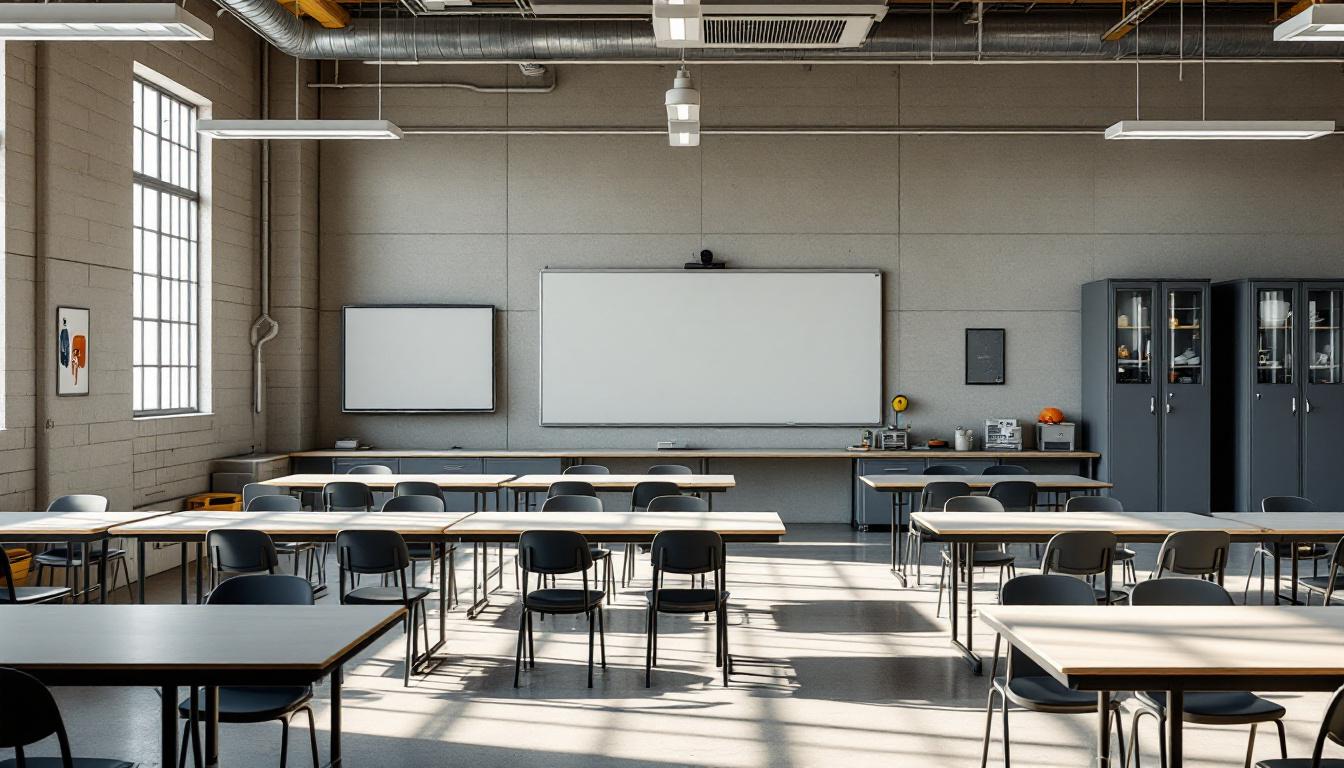
About Missoula Pre Release Center
Comprehensive rehabilitation programming and essential support services form the operational foundation at Missoula Detention Facility, MT, where individuals receive structured opportunities for personal development and community reintegration preparation. This MT correctional facility maintains a careful balance between security protocols and therapeutic interventions, recognizing that effective detention requires both accountability measures and meaningful pathways toward positive behavioral change. Educational opportunities, vocational training programs, and counseling services typically comprise the core offerings, while substance abuse treatment and mental health support may be available to address underlying factors that often contribute to criminal behavior.
Nestled within Montana’s mountainous landscape, the detention center serves as a crucial component in the state’s broader correctional framework, processing individuals from Missoula and surrounding communities while maintaining connections to families and local support networks. The facility generally operates under state correctional guidelines that emphasize evidence-based practices and individualized case management approaches. Security classifications and housing arrangements typically reflect both public safety considerations and individual rehabilitation needs, creating an environment where structured daily routines can support personal growth while maintaining institutional safety.
Integration with Montana’s statewide correctional goals becomes evident through the facility’s approach to case planning and community transition preparation, as individuals services often include coordination with probation departments, social service agencies, and local employers. Pre-release planning may encompass housing assistance, employment readiness training, and ongoing support service connections that extend beyond the detention period. The mountain region’s comprehensive geographic challenges and opportunities influence programming decisions, with wilderness therapy concepts and outdoor work programs potentially complementing traditional rehabilitation approaches while preparing individuals for successful reentry into Montana’s rural and urban communities.
Programs & Services
The breadth of developmental opportunities available reflects a comprehensive approach to individual growth and community preparation. Rather than focusing solely on containment, this facility typically emphasizes multifaceted programming that addresses educational deficiencies, builds marketable skills, and supports personal transformation. Such an approach recognizes that meaningful change often requires addressing multiple aspects of an individual’s circumstances simultaneously, creating pathways for both immediate engagement and long-term success.
Educational services form the cornerstone of academic advancement, often providing individuals with opportunities to complete their high school equivalency or pursue basic literacy development. These foundational programs frequently serve as stepping stones to more specialized vocational training opportunities. Also available may be HVAC certification programs, which offer individuals the chance to develop technical expertise in a field with consistent employment demand. Such vocational opportunities typically combine classroom instruction with hands-on training, allowing participants to build both theoretical knowledge and practical skills that translate directly to post-release employment prospects.
Mental health counseling services often provide crucial therapeutic support, addressing underlying issues that may have contributed to criminal behavior while helping individuals develop healthier coping mechanisms. Work programs typically offer structured environments where participants can maintain employment skills and contribute meaningfully to facility operations. Also integrated into the comprehensive programming approach are religious services, which may offer spiritual guidance and community connection for those seeking faith-based support during their incarceration period.
Daily Life & Visitation
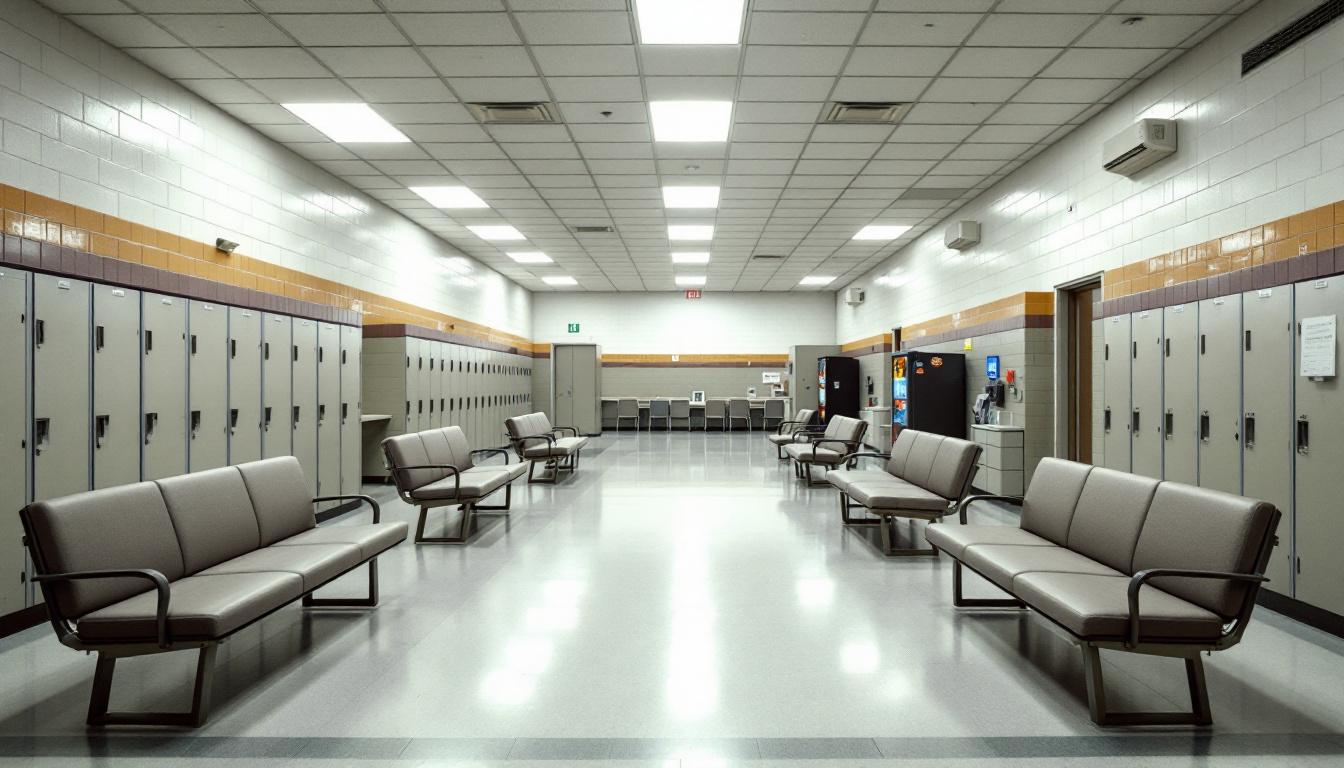
The sound of meal trays being distributed often marks the beginning of another structured day for individuals housed within the facility’s walls. At present, the Missoula Detention Facility operates on a carefully organized schedule that typically begins with early morning wake-up calls, followed by head counts and the distribution of breakfast meals. Individuals actively participate in a routine that generally includes designated times for meals, programming activities, and recreation periods, with staff conducting regular security checks throughout each day to maintain order and safety within the housing units.
Living accommodations at the facility typically consist of shared cells or dormitory-style housing units, where individuals may be assigned based on factors such as security classification, behavioral history, and available space. The housing areas generally include basic furnishings such as beds, storage areas for personal property, and shared bathroom facilities, with individuals usually allowed to possess limited personal items that meet facility security guidelines. Also, the facility typically operates a commissary system where individuals can purchase approved items such as snacks, hygiene products, and writing materials, provided they have funds available in their institutional accounts.
Structured programming schedules often offer various activities designed to provide both educational opportunities and constructive use of time during incarceration. Recreation periods typically include access to indoor and outdoor exercise areas, television viewing in common areas, and sometimes organized activities or games, though these may vary based on facility capacity and staffing levels. However, maintaining connections with family members and loved ones remains a crucial aspect of daily life, with the facility generally providing scheduled visitation opportunities, telephone access during designated hours, and mail services that allow individuals to correspond with approved contacts in the community.
Ready to Connect?
Start communicating with your loved one today
Search for an Inmate


